Neighbourhood planning allows communities to take control of how their locality grows and develops around them. It was a right introduced through the Localism Act 2011 and provides communities with a vital set of tools to control how development occurs – from site allocation and design to environmental and conservation policies.
It offers the possibility of covering a wider range of social, economic and environmental issues specific to the area. Neighbourhood planning allows communities to have a say in what happens in their neighbourhood and create their own vision for the future.
The most significant tool for neighbourhood planning is a Neighbourhood Development Plan (NDP). When NDPs are adopted they sit alongside the local planning authority’s local plan. They are likewise identified in the National Planning Policy Framework (NPPF) (2021) which states that NDPs should support the delivery of strategic policies contained in local plans, and should shape and direct development outside of these strategic policies.
The result is that NDPs have significant weight in the determination of planning applications in the area. However, this also means that the creation of NDPs are an extensive and in-depth process.
From the start of the process, NDPs face specified ‘basic conditions’ which they must adhere to. They must conform with the adopted strategic local planning policy, fit within national policy and comply with EU regulations, as well as contribute to the achievement of sustainable development. NDPs must not promote less development than the local plan sets out, but they may allocate and direct more.
Town and parish councils or ‘Neighbourhood Forums’ (for areas with no parish council) are the two types of bodies that are designated to undertake neighbourhood planning.
To start the NDP creation process, the relevant body must submit its proposed neighbourhood area map to its local planning authority for approval. Once approved, the drafting of the plan commences in which the community is continually consulted as to what should be prioritised.
Community engagement is a statutory requirement of the process with a statement of community consultation accompanying any submitted NDP. Consultation is undertaken through public consultation events, questionnaires or simply approaching the existing groups within the community to spread the NDP policies by word of mouth. Recently, social media has been increasingly used as a method of community engagement.
The final draft is then submitted to be independently examined, and finally a referendum is held to establish the level of community support for the NDP. If 51 per cent of the representative community are in favour, then the NDP is ‘made’.
NDPs have a plan period, usually serving for 15 years. However, it is expected that the NDP is reviewed and updated regularly to stay in line with the local plan of the authority area, which is reviewed every five years. Not updating the NDP would risk non-conformity and if any conflict occurred then the most recently updated local plan would take precedence.

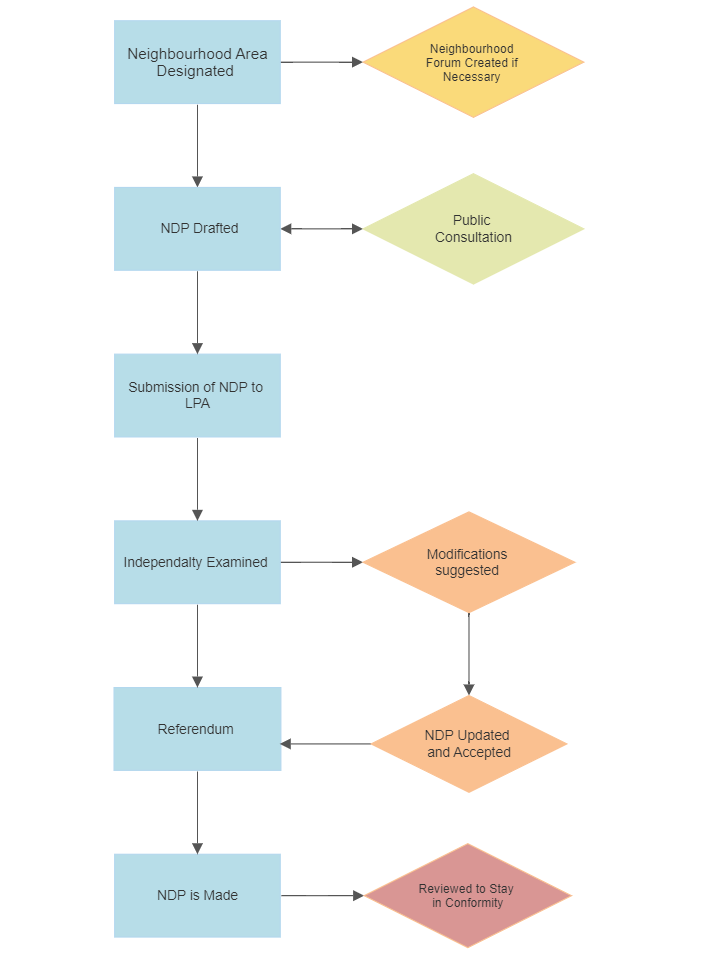
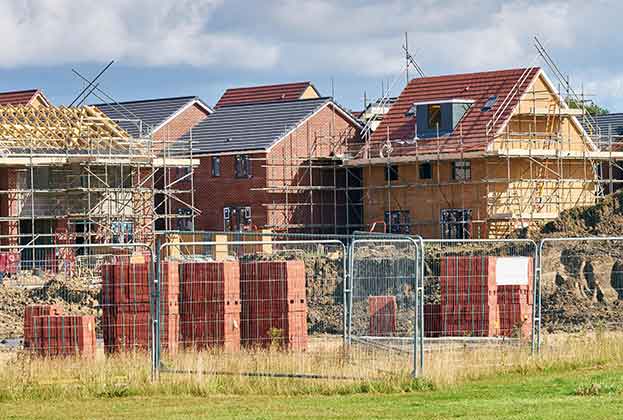
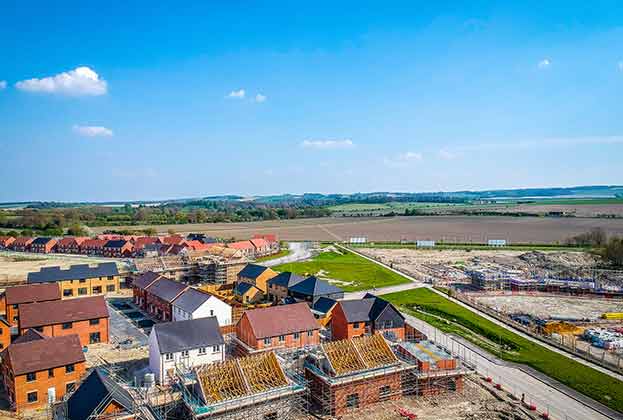
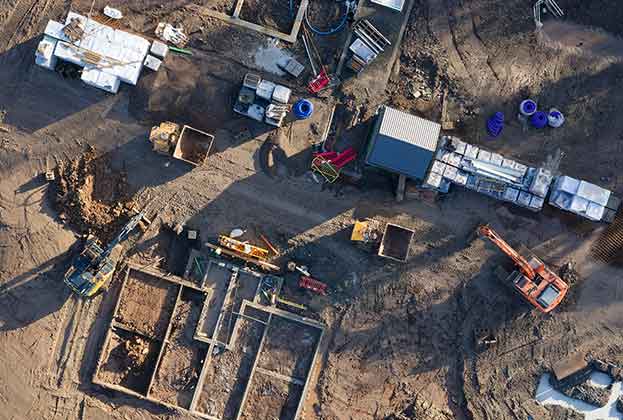
.jpg)
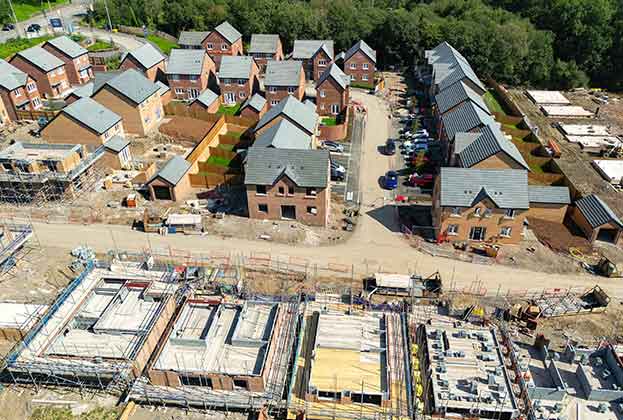

.jpg)

.jpg)
